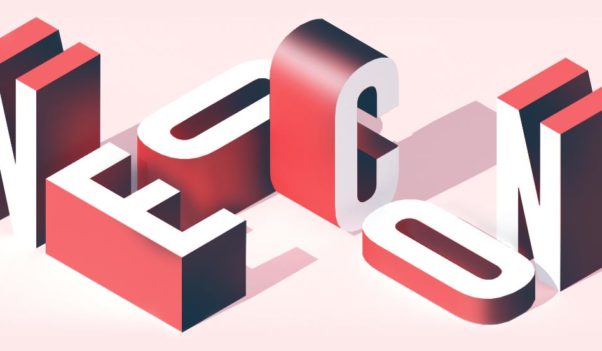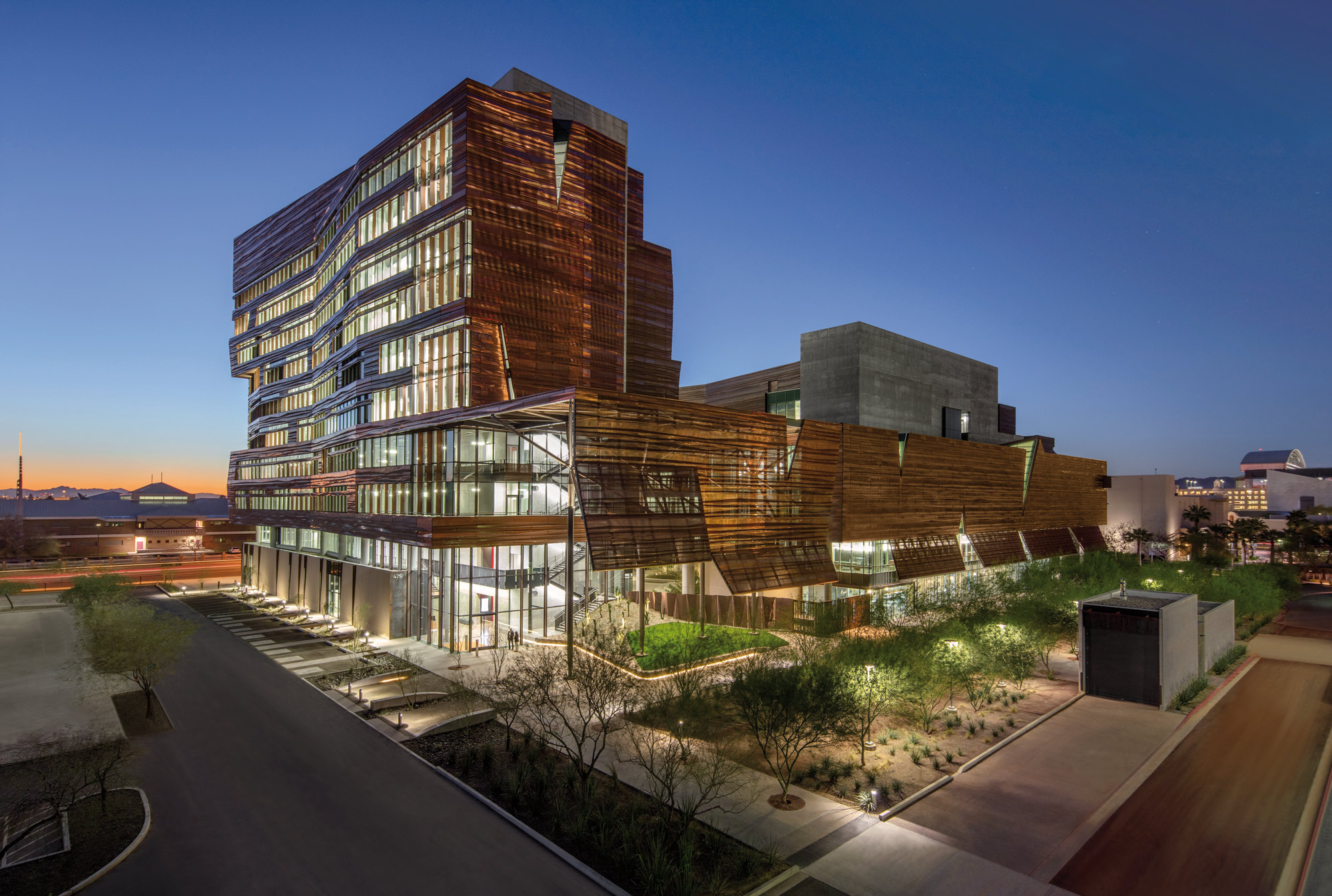NeoCon 2017 Highlights

By Sona Aroush, Jorge Colón & Stephanie Horstman
Last month, members of CO’s Interior Design team traveled to NeoCon in Chicago to view new furniture products and updates, to attend seminars, and re-connect with clients and colleagues. (This year, the expo attracted over 55,000 professionals). In addition to the release of specific products, NeoCon also provides an annual barometer for design trends and for the trajectory of future client needs. Manufacturers invest heavily in the research and development of new products, and often project the future of interior environments.
Three themes that seem to be driving design solutions this year include:
A New Bedside Manner
The emphasis on the quality of the individual experience was present across numerous markets, including healthcare. A renewed concern for patient and family interaction with their caregivers was clearly evident this year. Waiting areas will benefit from new design-conscious products that contribute to environments of comfort.
In patient rooms and treatment areas, technology and flexibility are becoming the norm. Mobile seating and tablets can be configured to allow for a more intimate exchange of information. Digital records are readily accessible, and rooms equipped for video conferencing allow for family members to participate remotely.
A Resilient Workplace
The need for flexible interior environments is well documented as clients continue to seek design solutions that are efficient and agile. While employee collegiality and innovation were the over-arching design themes, the consistent design parameter was continuous change. Project teams meet and disperse; individuals perform daily tasks across multiple interior locations; and organizations and institutions adjust to staffing changes and internal mobility with greater frequency.
Each scenario requires seemingly tailored design solutions, and the furniture manufacturers did not disappoint. This year, ‘health and wellness’ was said often. While office products demonstrated familiar features of adjustability and comfort, they continued to leverage technology. Integrated power and cabling is seemingly invisible and standard, however, furniture systems will now begin monitoring human activity with fitbit precision – nudging workers when it’s time to stand or to rest, and offering programmable ergonomic settings tailored to user preferences.
A Return to Privacy
This year’s round of products offered flexible kits of parts that could be arranged in seemingly limitless configurations, and presumably be deployed in open work settings. In the past, one deficiency of exclusively open environments was a compromise in privacy – leaving the fixed private office as the default design solution.
Many products this year targeted concerns for visual and acoustical privacy. Several manufacturers, for example, introduced their version of a partially enclosed ‘pod’ – a private, individual workstation for focused work. These enclosures, designed to eliminate visual distraction, also provide sound separation within an open work environment, and are often lined with felt or fabric to increase acoustical absorption. Glazed pods and wall panel products were also introduced or updated, allowing for visual transparency while providing sound separation.
Textile manufacturers continued to position their materials as supplemental acoustical treatments. Wall and window coverings, along with carpet products, were biased towards pattern and textures that alluded to those found in science and nature, such as cellular geometries. Felt manufacturers who already offer a wide range of textures and panel systems, introduced further customization through laser cutting, photography, and individual furniture pieces.
2018 Forecast
Looking ahead, continued emphasis on individual human factors, prompted in part by generational preferences but enabled by continued advancement in digital technologies, will increasingly be the norm. As clients continue to become better informed, designers can anticipate a shift from design elements’ options or features to design solutions that are highly integrated and seamless. One-size-fits-all solutions will be replaced with economical products customizable by personal settings and preferences.
The industry can also look forward to a move away from an aesthetic heavy-handedness in favor of more sophisticated design sensibilities, with an emphasis on visual clarity and material quality.

